Can No-Code Platforms Replace Developers? A Realistic Look at the Future of Software Creation
In recent years, no-code platforms have transformed the way people build digital products. From startups creating apps without hiring developers to large companies automating workflows, these tools promise speed, accessibility, and reduced costs. But as they grow in popularity, one question stands out: can no-code platforms truly replace developers? Let’s explore this technological shift and its real implications.
What Are No-Code Platforms?
No-code platforms allow users to build applications, websites, and automation systems without writing traditional code. Instead of complex programming languages, they use drag-and-drop interfaces, pre-built components, and visual logic flows.
Some of the most popular no-code tools include:
-
Webflow – for building professional websites.
-
Airtable – for database management and automation.
-
Bubble – for creating complex web applications.
-
Zapier – for connecting apps and automating tasks.
These tools enable entrepreneurs, marketers, and even small business owners to bring their ideas to life faster than ever before.
Why No-Code Platforms Are Growing So Fast
There are several reasons why no-code platforms are experiencing rapid adoption:
-
Speed and Efficiency
Building an app or website with a no-code platform can take days instead of months. This allows businesses to test ideas quickly and reduce time-to-market. -
Cost-Effectiveness
Hiring a developer or a software team can be expensive. No-code platforms often cost a fraction of traditional development while offering similar functionality for many use cases. -
Accessibility
Anyone with basic computer skills can start building with no-code tools. This democratization of technology empowers non-technical users to become creators. -
Easy Maintenance
Unlike traditional software that requires ongoing coding updates, no-code tools handle most maintenance automatically through their platforms.
The Limitations of No-Code Platforms
Despite their benefits, no-code platforms have significant limitations that prevent them from fully replacing professional developers.
1. Customization Limits
While drag-and-drop systems are easy to use, they often restrict advanced customization. Developers can create complex algorithms, integrations, or security layers that no-code platforms simply can’t match.
2. Scalability Issues
As an app or website grows, it may face performance or data management challenges. No-code platforms are great for MVPs (Minimum Viable Products) but may struggle when user demand scales significantly.
3. Platform Dependency
When using a no-code tool, you’re tied to that platform’s infrastructure. If the provider changes pricing, shuts down, or limits features, your entire project can be affected.
4. Security and Compliance
Developers can build systems tailored for specific security needs. No-code tools, on the other hand, depend on general solutions that might not meet enterprise-level standards.
Developers and No-Code: A Partnership, Not a Competition
The rise of no-code platforms doesn’t necessarily mean the decline of traditional developers. In fact, many experts believe that no-code tools will enhance developers’ capabilities rather than replace them.
Here’s how:
-
Developers can use no-code tools to prototype faster, saving time on repetitive coding tasks.
-
Hybrid solutions are emerging — where no-code tools handle the visual layer while developers manage complex back-end systems.
-
Technical oversight remains essential. Developers ensure scalability, data security, and performance — areas where no-code tools are still limited.
This collaboration creates a balanced environment where creativity meets technical expertise.
No-Code Platforms vs. Developers: Quick Comparison
| Feature | No-Code Platforms | Developers |
|---|---|---|
| Speed | Very fast for simple projects | Slower, depends on project complexity |
| Cost | Low to moderate | Higher initial cost |
| Customization | Limited | Unlimited |
| Scalability | Suitable for small to medium projects | Ideal for large, complex systems |
| Maintenance | Handled by the platform | Requires ongoing developer support |
| Security Control | Restricted | Full control |
The Future of Software Development
In the future, the relationship between developers and no-code platforms will likely become more integrated. Businesses will rely on no-code tools for rapid prototyping and developer expertise for advanced customization and scaling.
Moreover, the rise of AI-powered no-code builders could blur the line further, making it easier to generate complex logic without traditional coding. However, creative problem-solving, algorithm design, and architecture — the core of software engineering — will still require human insight.
So, can no-code platforms replace developers? The honest answer is not entirely. While no-code tools have revolutionized how we build software, they can’t fully replicate the flexibility, creativity, and technical precision that professional developers bring.
However, they are undeniably reshaping the future of development — making technology more inclusive and enabling more people to turn ideas into reality. The smartest approach isn’t choosing one over the other, but rather combining both to achieve speed, innovation, and long-term success.
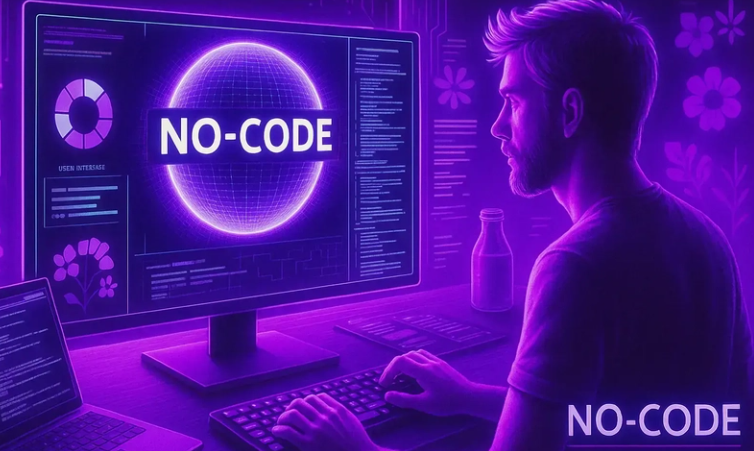
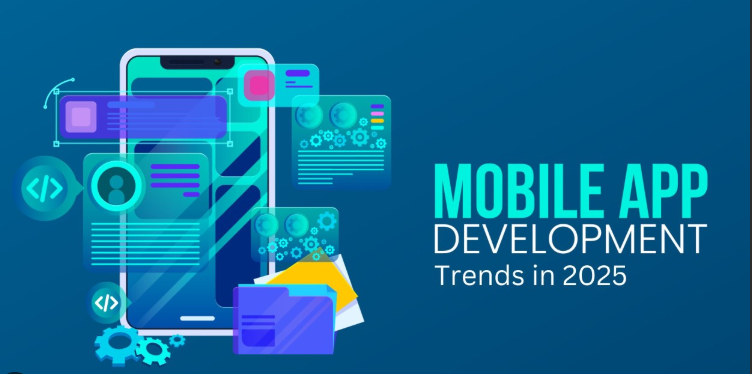


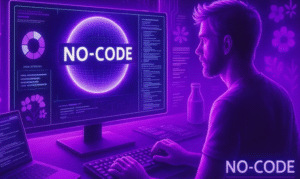

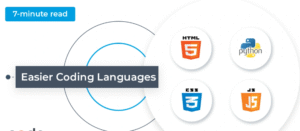
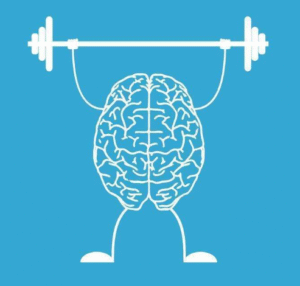






Post Comment